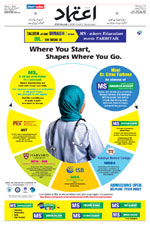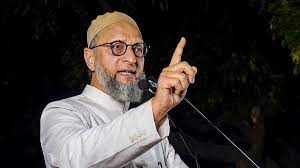Everything you need to know about the 2nd Trump-Kim summit
Thu 07 Feb 2019, 18:38:15

President Donald Trump and North Korean leader Kim Jong Un plan to meet again after their historic first summit last year, with stakes still high over the fate of the North’s nuclear weapons.
While the first get-together has not led to much concrete progress, both sides have kept their rhetoric dialed down ahead of round two.
Here’s what we know about the upcoming summit.
When will it take place?
Trump announced during his State of the Union address on Feb. 5 that the summit would take place Feb. 27 and 28.
He had previously teased for months that it would come "soon" and said in an interview on Feb 1. that the meeting was "set."
Vietnam will host the summit, Trump said during his speech, but he did not name a specific host city.
A U.S. official previously told ABC News the White House was zeroing in on one of three cities in Vietnam: Da Nang, Hanoi, or Ho Chi Minh City.
Trump actually visited Da Nang in 2017 for an Asia-Pacific Economic Cooperation summit with other world leaders. Hanoi, meanwhile, played host to a World Economic Forum meeting in September.
Singapore hosted the first one in June, offering a secure location for the meetings: a secluded island authorities locked down for the occasion.
For the second go-around, officials have no doubt searched for a similar, relatively neutral locale, with security concerns at the forefront.
What’s happened since the last summit?
At their first meeting, Trump and Kim signed a vague agreement that committed the two countries to continue working toward denuclearization of the Korean Peninsula -- but with no explicit obligation by North Korea to actually disarm.
The North has since claimed it destroyed missile engine and nuclear test sites, but it hasn’t let international inspectors verify that. There have been no signs the secretive state has made any movement to destroy its weapons stockpile, and in fact, some experts believe it has actually expanded a key long-range missile base and worked on construction at a nearby newly discovered missile facility.
While the North has yet to test another missile or nuclear weapon, Vice President Mike Pence acknowledged on Jan. 16 that the country
had taken no "concrete steps" to dismantle its nuclear weapons program. Top U.S.intelligence officials said on Jan. 29 that Kim's regime still saw nuclear weapons as vital to its survival and that it was "unlikely to give up" its arsenal. "North Korea has given us little indication that they have yet made the decision to completely dismantle and destroy that capability," the United States’ special representative for North Korea, Stephen Biegun, said on Jan. 31.
had taken no "concrete steps" to dismantle its nuclear weapons program. Top U.S.
The June declaration also called for the recovery and repatriation of the remains of the thousands of American service members who remain unaccounted for after the Korean War. North Korea did, in fact, send 55 boxes of remains to the United States over the summer, from which the remains of three U.S. Army soldiers have been identified. There have been no announcements about additional transfers, although Biegun said that the Department of Defense was talking to the North Korean military about carrying out excavations.
What could happen at the second summit?
North Korea’s nukes will once again take central focus.
Normally, lower-level officials from both sides would negotiate agreements in the lead-up to a major summit.
U.S. and North Korean officials have held some working-level talks, with little progress to show so far. Some analysts think Trump’s early promise of a second summit undercut his negotiators, leaving little incentive for concessions until the two leaders get together again.
Biegun said Jan. 31 that the U.S. expected "to hold working-level negotiations with our North Korean counterparts" ahead of the summit, "in the very near future," aiming to achieve "a set of concrete deliverables, a roadmap of negotiations ... and declarations going forward, and a shared understanding of the desired outcomes of our joint efforts." The State Department said he would return to the region in early February.
But just weeks before Trump was expected to sit down with Kim, the president appeared to temper expectations, tweeting that there was only a “Decent chance of Denuclearization” and that “Time will tell what will happen with North Korea.”
The North’s top negotiator, Kim Yong Chol, spent 90 minutes in the White House with Trump in January, and the leaders have exchanged letters, too. While they haven’t said what was written in them, North Korean state media reported Kim had “expressed great satisfaction” upon hearing from Trump and that he had ordered preparations to continue for their second get-together.
Trump told on Feb. 1 that there was "a good possibility" that Kim was unlikely to relinquish his nuclear weapons, but he also said that he thought there was "a very good chance that we will make a deal."
"I think he's also tired of going through what he's going through," Trump said of Kim. "He has a chance to have North Korea be a tremendous economic behemoth. It has a chance to be one of the great economic countries in the world."
No Comments For This Post, Be first to write a Comment.
Most viewed from International
Most viewed from World
AIMIM News
Latest Urdu News
Most Viewed
May 26, 2020
Do you think Canada-India relations will improve under New PM Mark Carney?
Latest Videos View All
Like Us
Home
About Us
Advertise With Us
All Polls
Epaper Archives
Privacy Policy
Contact Us
Download Etemaad App
© 2025 Etemaad Daily News, All Rights Reserved.

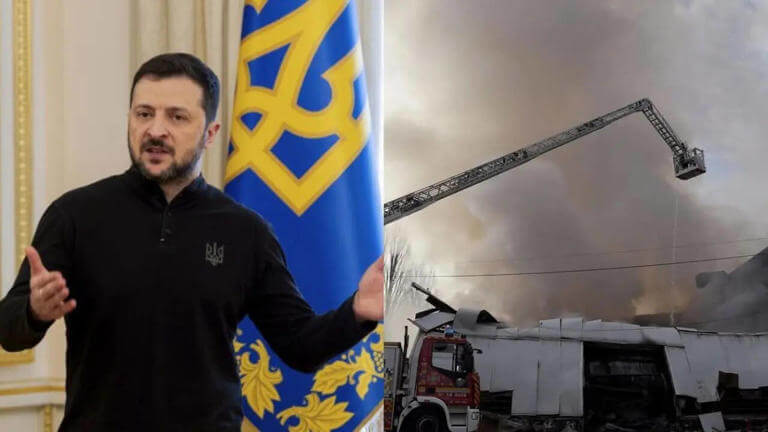
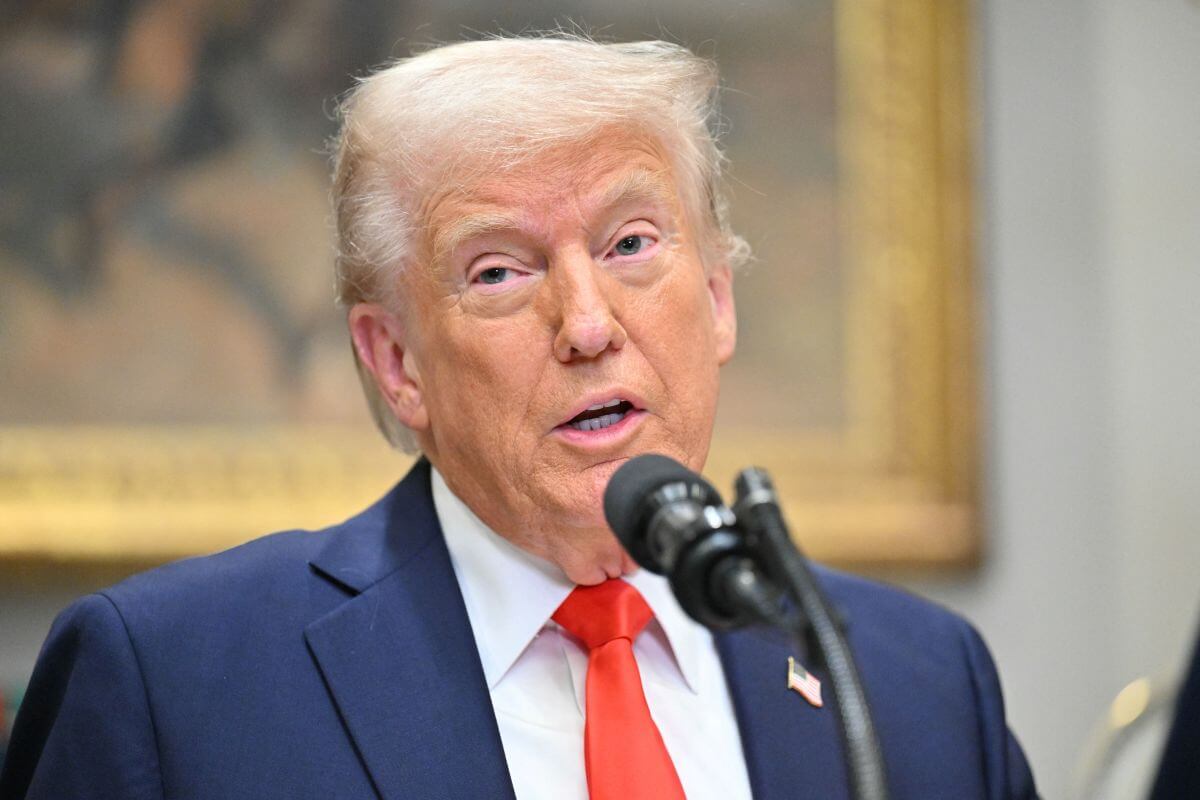
.jpg)

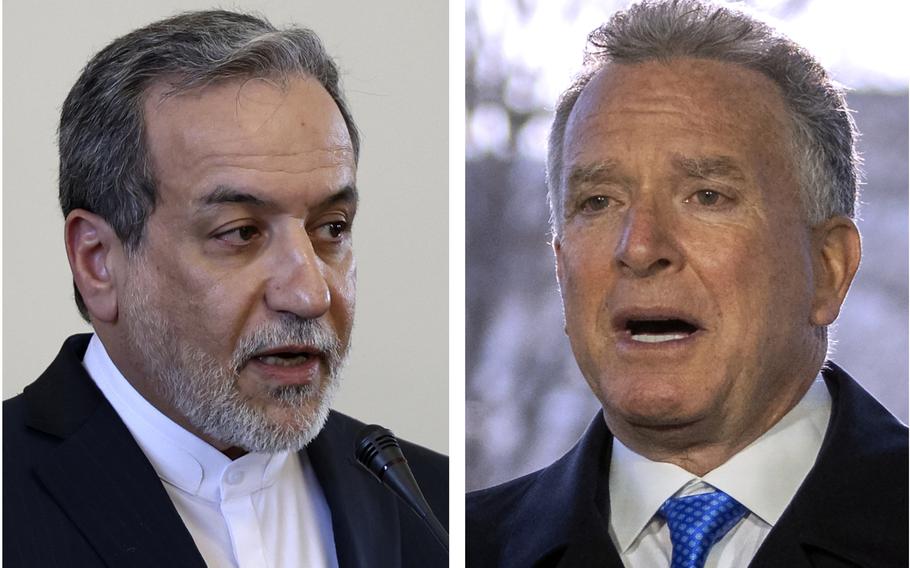
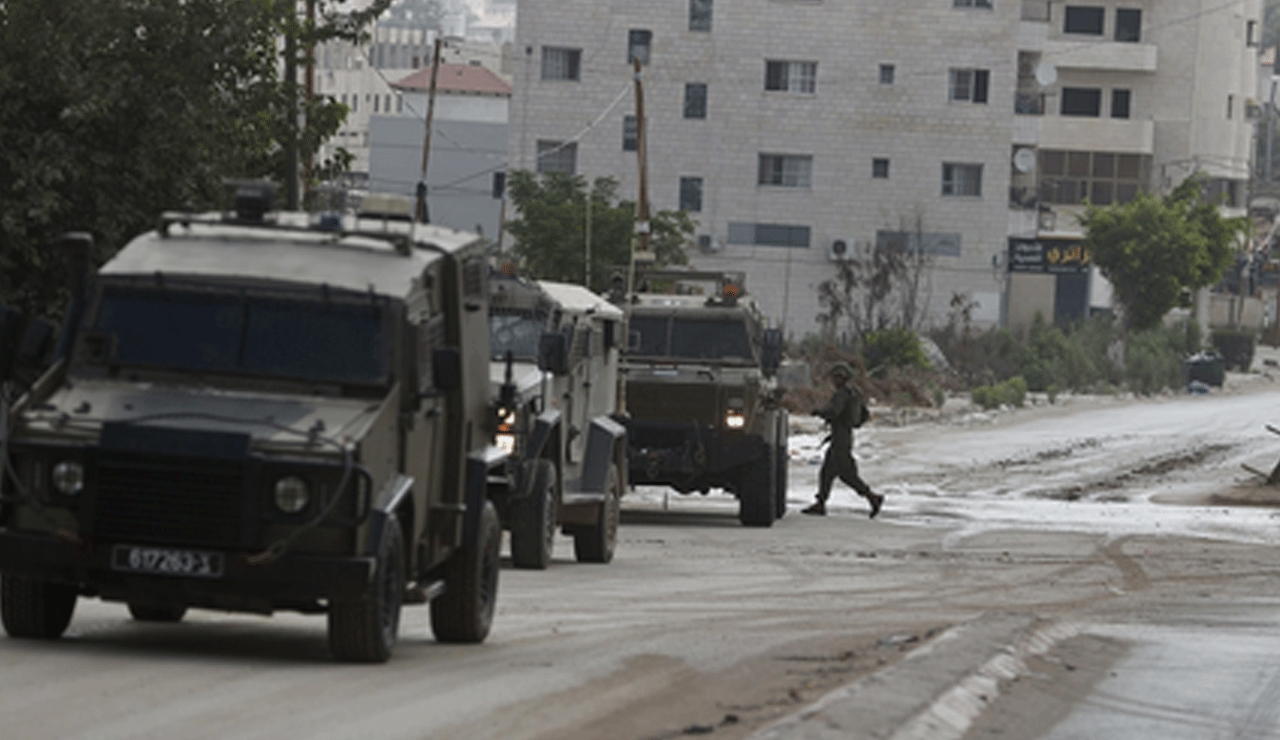
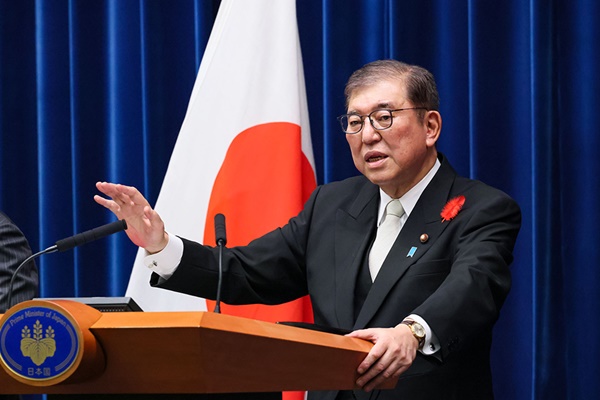
.jpg)
.jpg)
.jpg)
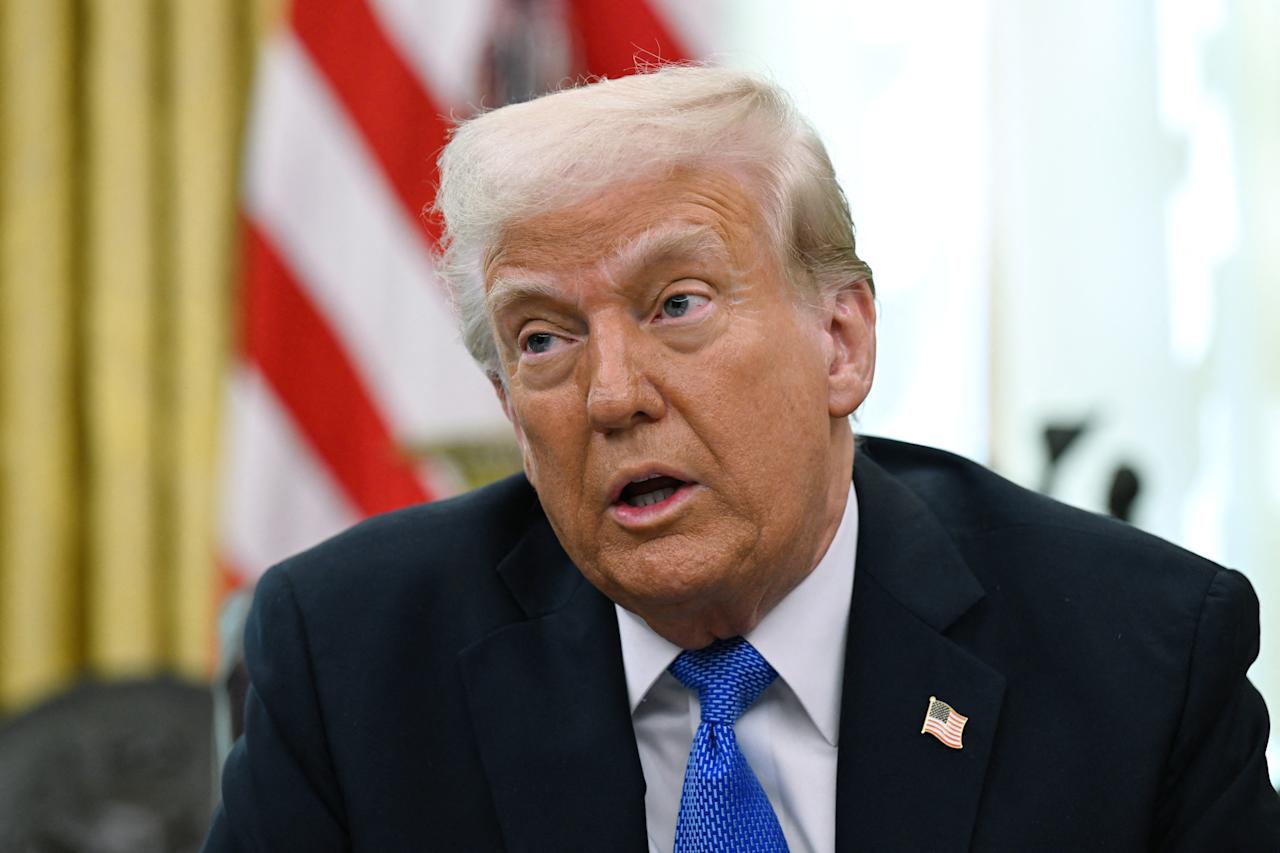
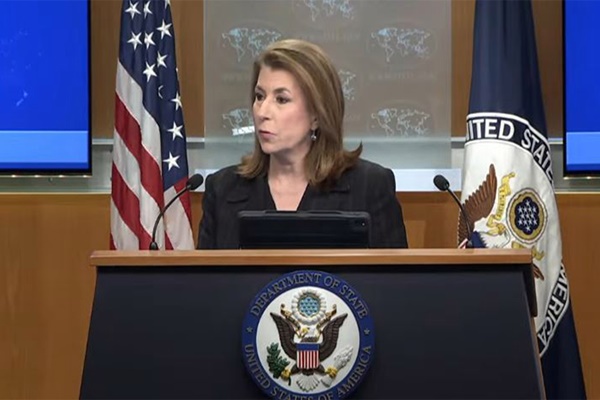
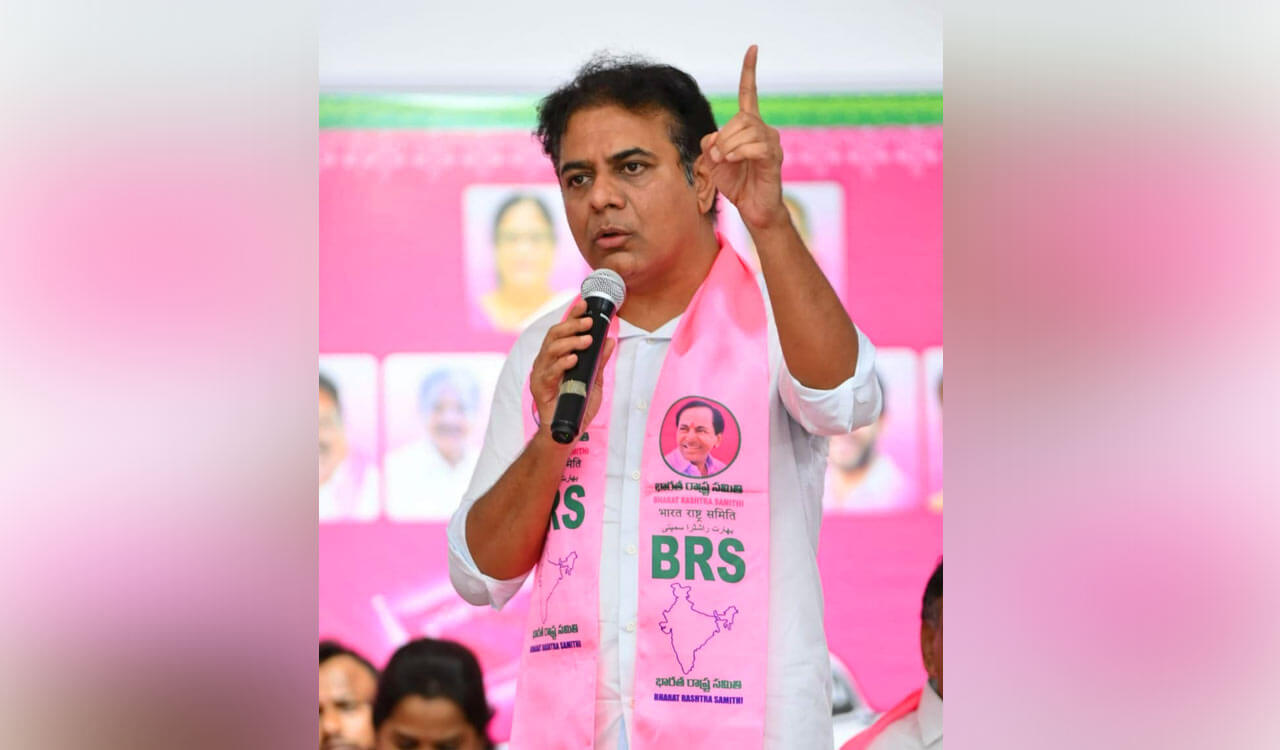

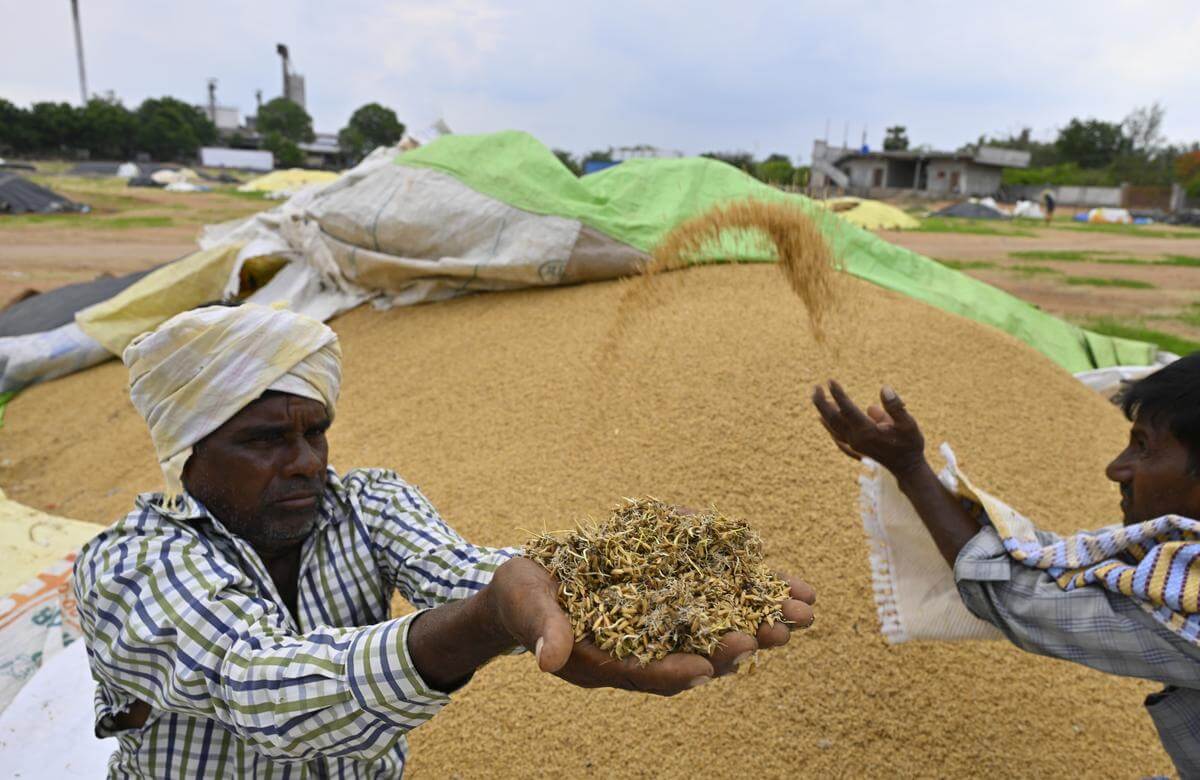
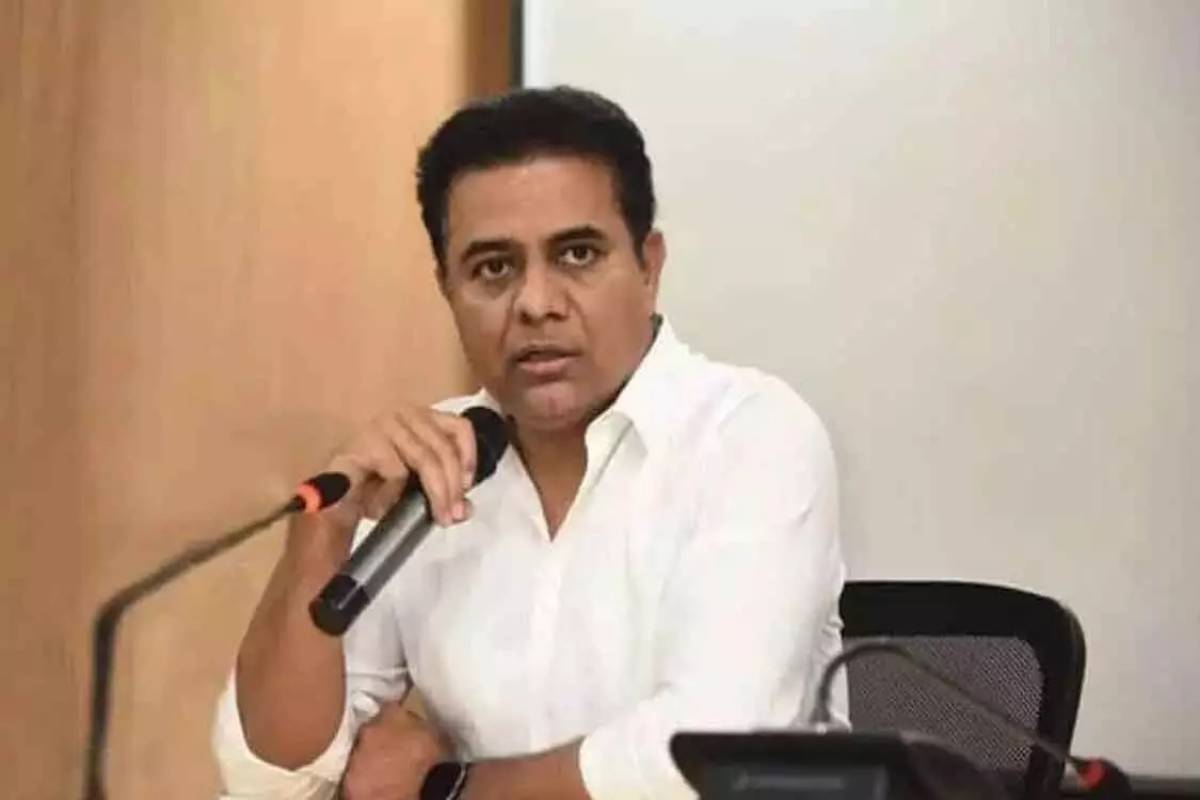
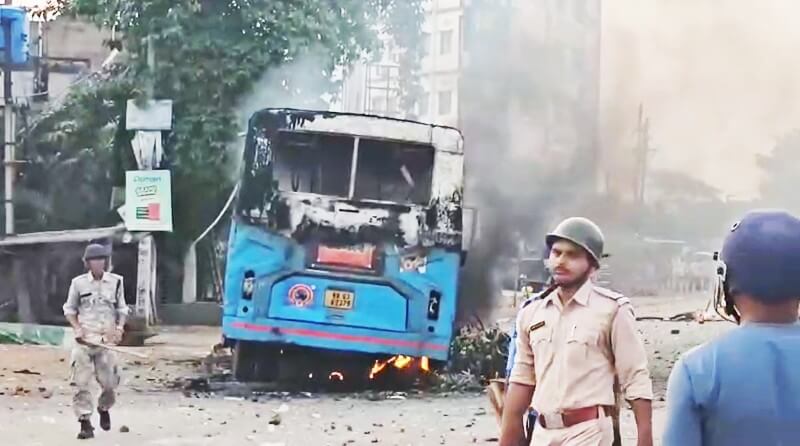

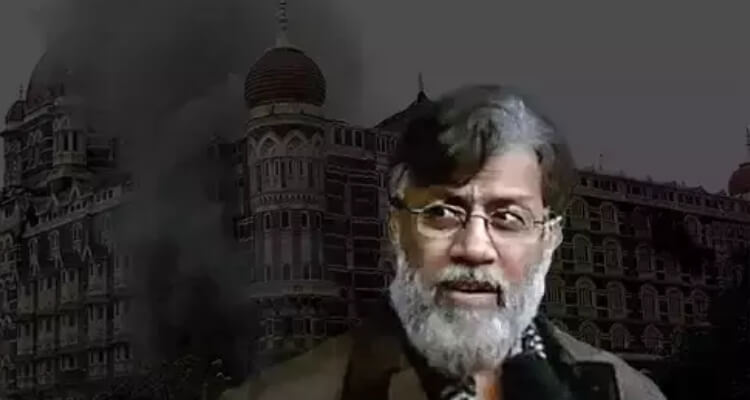
.jpg)
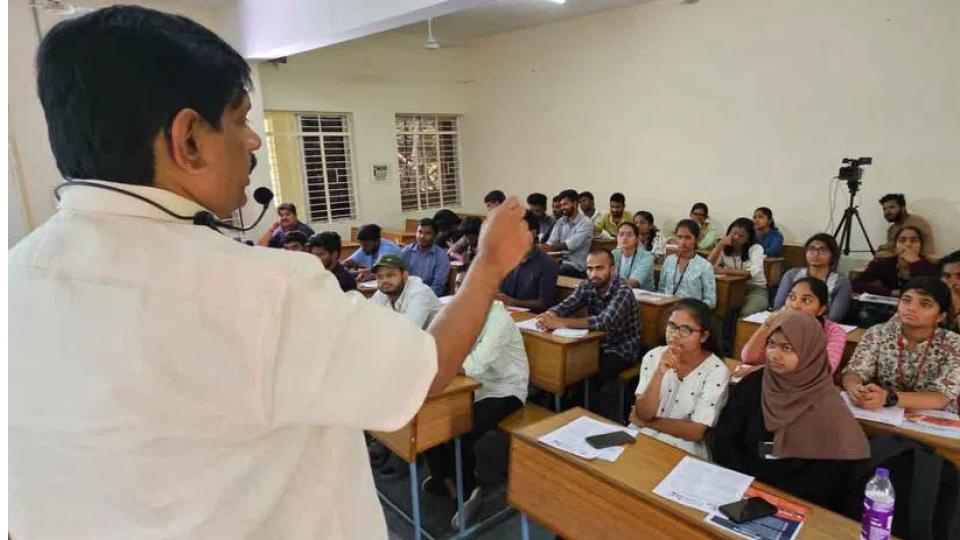
.jpg)
.jpg)
.jpg)

